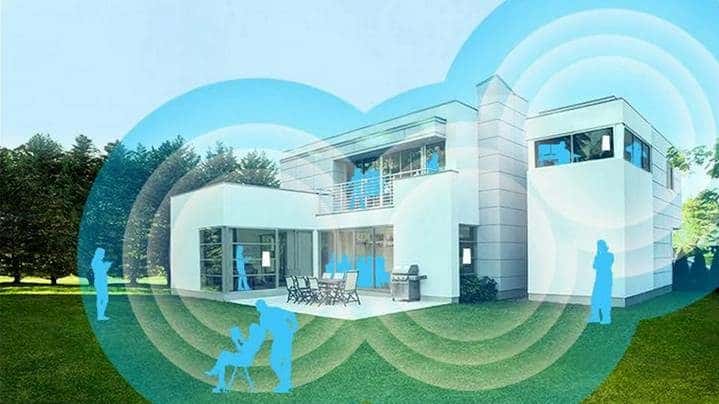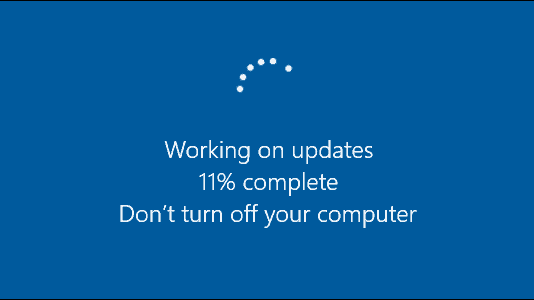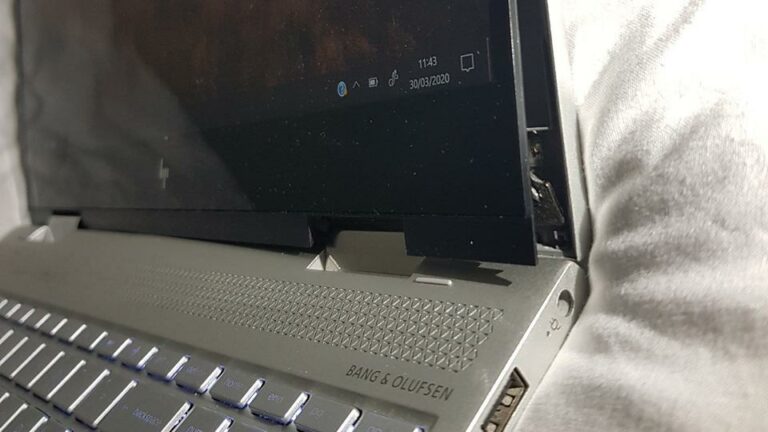In the early years of the internet, it was all about plugging in. Surfing the web meant heavy cables coming out the back of your household’s single massive desktop. If you wanted to surf the information superhighway, you had to wait for your Mum to get off the phone.
Ten to fifteen years ago, everything became much easier, with wireless technology allowing us to use multiple devices anywhere we wanted. WiFi has become an essential part of our lives.
The average Australian household currently has nine WiFi-capable devices in it and growing fast with data use increasing by more than 40% each year. Most people don’t even have internal wiring in their homes anymore and prefer to connect everything wirelessly. It’s certainly more convenient!
The first generation of WiFi communication is at least 20 years old now. The latest technology is WiFi 6 (802.11ax) and it’s still relatively rare. Most people nowadays are still using the older technology, such as WiFi 4 (802.11n, became a standard in 2008) or WiFi 5 (802.11ac, which became standard in 2014). For most people, this is more than enough.
The radio antennas inside our modems have more data to send and receive than ever before, so WiFi has evolved to match the way we use WiFi now – constantly, on the move and with ever-increasing demands on the data capacity.
What’s the Problem?
Most of us have a WiFi dark spot in our house – a place that, though the sun may reach it, the internet never will. You’ve tried opening all the doors between this spot and your modem. You’ve stood up high on a chair to get closer to the heavens, which our reptilian brains assume generates wifi in the same way it does cell phone signals.
![The Truth About Wi-Fi Coverage In Your Home [Humor] | Wireless internet, Memes, Funny photos](https://i.pinimg.com/originals/6e/27/75/6e277586e0aa297dea3cdb32c56bc40e.jpg)
WiFi routers have a limited range and their performance and coverage depends on where you put them. If yours in the closet or in the garage (very common!), chances are, it won’t reach the bedroom or your home office.
You can buy a better router but it’s output is still limited. Furthermore, devices that connect to it, have weak antennas as well. Everything in your house interferes with the signal – from large appliances, to microwaves, to brick walls. Even if you sit in a tiled bathroom, your signal will be much weaker.
Opening the door won’t help as much – WiFi doesn’t walk around, it actually bounces from surfaces. The more times it bounces, the weaker it becomes, so you can already see how the distance might affect it.
Solving Your WiFi Issues
Wireless Mesh technology is the solution for most WiFi issues. It’s very similar to cellphone towers. If you are in a populated area, there are at least a few cellphone towers around you. If everybody had to connect to the same tower 20 kilometers away, can you imagine what your mobile experience would be like?
Most providers still offer a single router, even if you live in a large house. Some offer mesh routers as an upsell, with either a one-off cost, or increased monthly fees.
Mesh routers talk to each other on a slightly different frequency, so the connection remains solid and stable. Some routers allow you to interconnect them using cables, others connect to each other using wireless uplinks. Regardless of the technology used, it’s a huge improvement over one router that everyone connects to.
Mesh routers also support advanced features, such as prioritizing traffic from some devices (for example, your work laptop used for Zoom calls) or switching off WiFi on a schedule – kids love that! 😀
Need more information? Read our Better WiFi service page!







